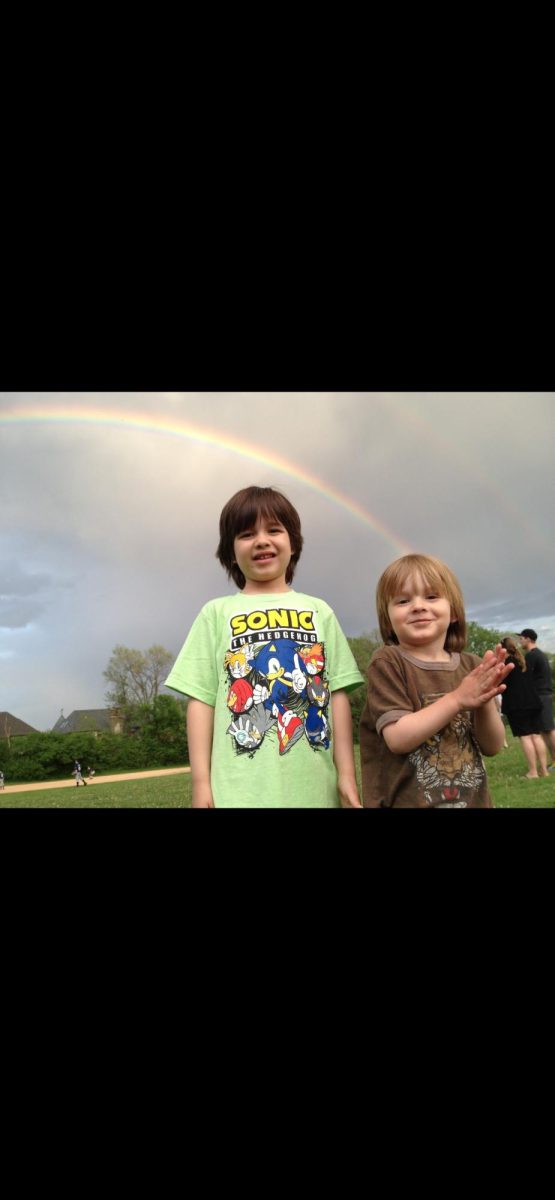Everybody has their social group, clique or inner circle. But these groups aren’t permanent, and friendship dynamics evolve over time, sometimes fizzling out all together. But the one constant relationship people can all rely on is a sibling relationship.
84.6% of kids who live with both parents also live with at least one sibling. These are some of the longest-lasting relationships in people’s lives.
Siblings are built-in friends that can never leave. From birth, they make the best sidekicks, accomplices and ringleaders. Punchable as they may sometimes be, siblings are there for each other when nobody else is.
DGS staff and students have different sibling dynamics and relationships that have shaped the members of the school community in many ways.
Junior Aidan Meyer is a triplet and described his relationship with his siblings.
“We have a pretty close relationship. We do a lot of the same things together and we talk a lot,” Meyer said.
Meyer also sees benefits from being a brother.
“I’m pretty outgoing because you have to share a lot of stuff, so I think I’ve grown to be a lot more outgoing because of that,” Meyer said.
Freshman Siobhan Diaz is an only child and described how this can hold her back socially.
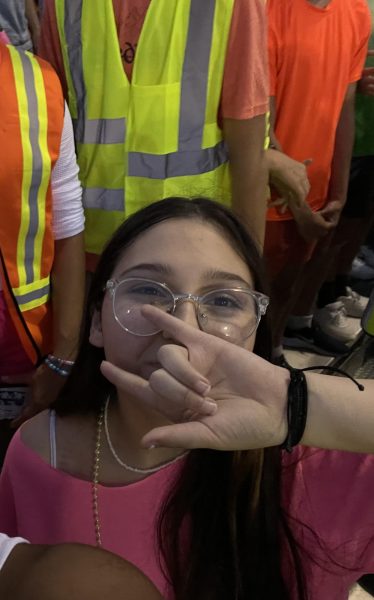
“I get nervous in huge groups because I’m not used to constantly being around multiple people and growing up around people my age,” Diaz said.
Siblings not only act as companions, but as comfort tools when faced with anxiety-inducing situations. They ensure that one is never really alone and always has somebody to fall back on.
English teacher Justin Matkovich grew up with two older sisters, and found that his siblings taught him how to be a better human.
Although siblings can have numerous positive effects on each other, it is undeniable that they can appear to be monsters at times. To say that sibling relationships are always sunshine and rainbows is a gross assumption.
Junior Jadynn Bruce is the oldest of four children, with the age gap between her and her youngest sister being 10 years. This difference in age has caused Bruce to take on a more mature and motherly role, which can present numerous challenges to her relationship with her siblings.
“Because there’s such a big age gap between all of us I’m definitely not as close with my siblings. I’m kind of like a half-mother right now,” Bruce said.
Diaz shared the upsides of not having any siblings.
“I’m very to myself, so not having to share or deal with other at home people is nice. You’re also kind of spoiled; there’s no one else to spend money on,” Diaz said.
Yet, siblings add a flavor to life that cannot be replicated in any other way. They also contribute to each other’s identities and personalities.
“Being the oldest sibling is what made me so independent, and definitely being a leader because you kind of have to be, otherwise my voice isn’t heard,” Bruce said.
The experience of having siblings also teaches lessons that are useful for life. Bruce revealed one of her most valuable takeaways from her role as the oldest sister.
“Not everything is a big deal, you don’t have to make a big deal about everything. Just live your life,” Bruce said.
If nothing else, a sibling bond can create memories that carry through a lifetime.
“My freshman year of high school I was in school with both of my sisters. I remember the first day of school both sisters waited outside each of my classes and took me to my next class,” Matkovich said.
Sibling relationships not only link people through genetics, but through their hearts, emotions and memories. These relationships are a crucial part of life that enhances one’s story.

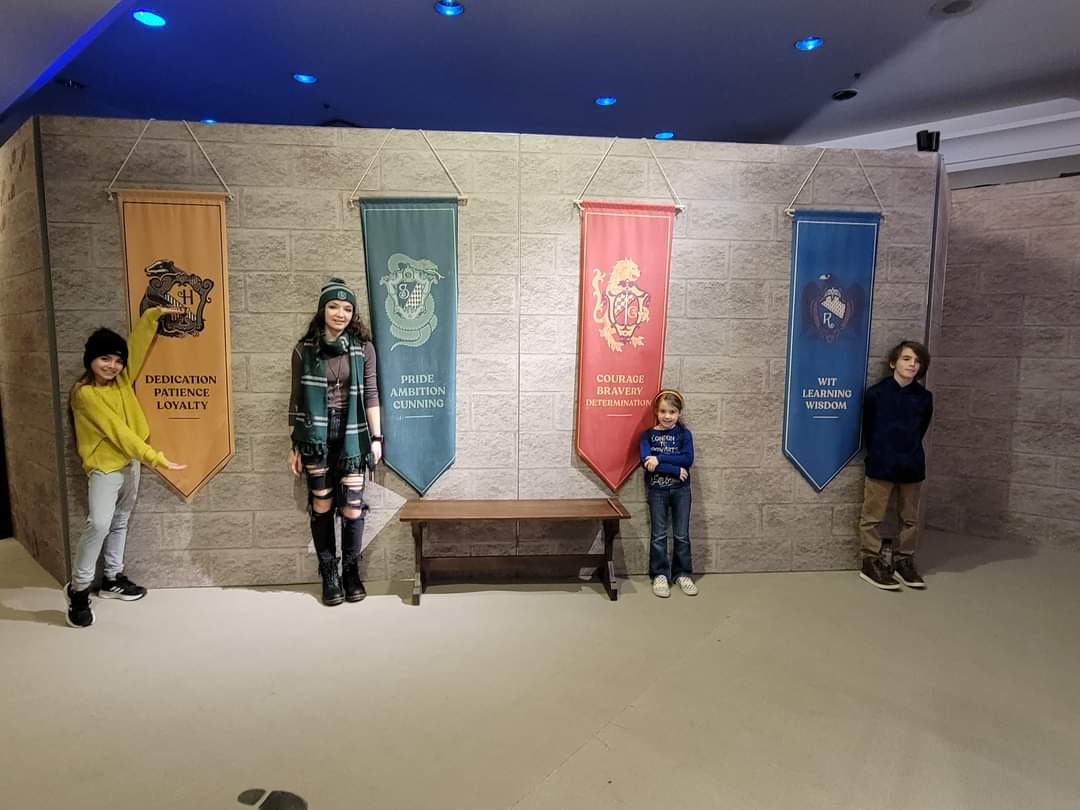
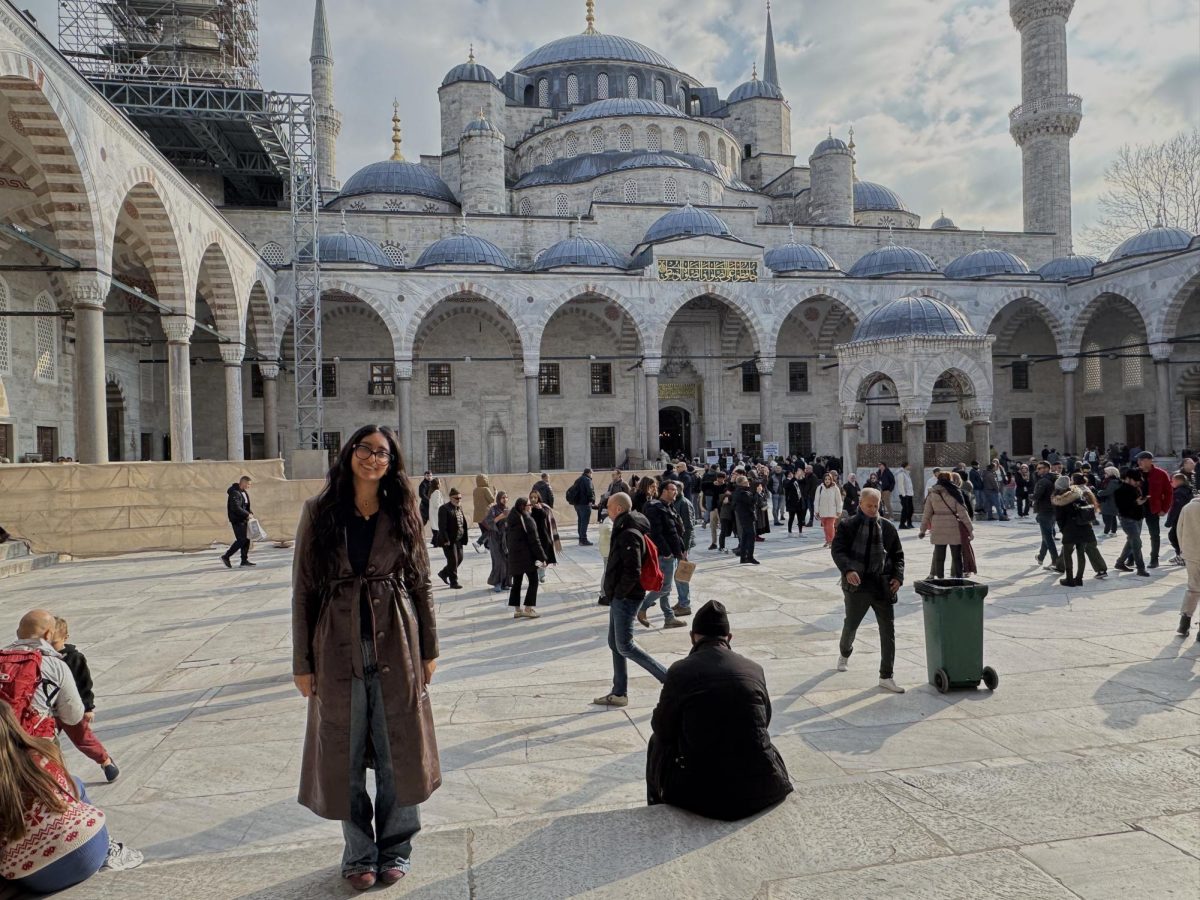

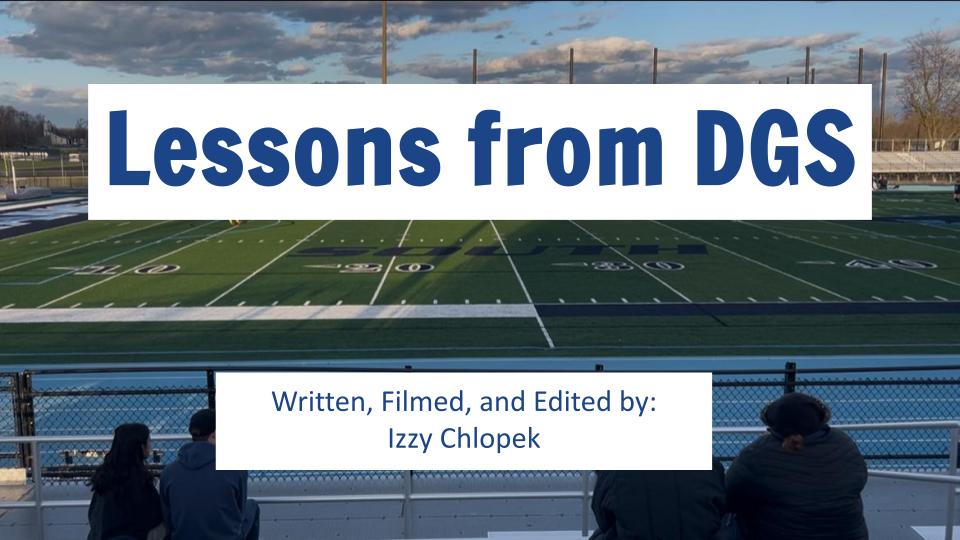

![In this documentary, you will learn how violins are made. All music is in the public domain:
Music Produced by Deutsche Grammophon, Medici TV, Heifetz Institute, and Queen Elisabeth competition
Paganini, Caprice No. 24 [Song recorded by Jasha Heifetz]. Heifetz Institute. (Original work published 1817)
Paganini, Caprice No. 24 [Song recorded by Jasha Heifetz]. Heifetz Institute. (Original work published 1817)
Bartok, Sonata No.1 for Solo Violin [Song recorded by Kevin Zhu]. Queen Elizabeth Competition. (Original work published 1944)
Paganini, Violin Concerto no. 1 [Song recorded by Philippe Hirshhorn]. Queen Elizabeth Competition. (Original work published 1819-1825)](https://southblueprint.com/wp-content/uploads/2025/05/Screenshot-2025-05-07-122429-1200x668.png)
